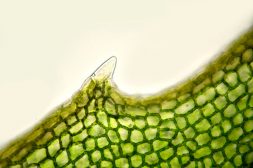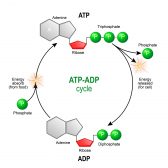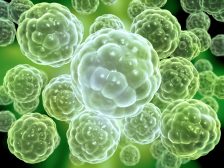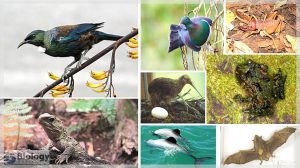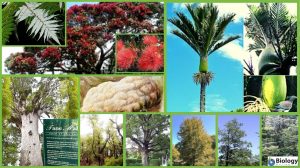Definition
noun, plural: etioplasts
(botany) A plastid that developed in darkness or under low light conditions
Supplement
A plastid is an organelle that is commonly found in photosynthetic plants. Plastids are of different types depending on the presence of the pigment and metabolic functions. A chloroplast, for instance, is a plastid that contains high amounts of green pigment, chlorophyll. Etioplasts are plastids that arise from proplastids. Proplastids give rise to all the plastids in plants. Proplastids that turn into green and become photosynthetic develop into chloroplasts. However, those that are supposed to become chloroplasts become etioplasts when there is no light or when there is low light condition. The etioplast develop from a prolastid when it is grown in the dark. The development into chloroplast is arrested in the absence of light. Nevertheless, the etioplast can be converted into a chloroplast when there is an appropriate light exposure. Light exposure activates the plant hormone cytokinin, which in turn stimulates the synthesis of chlorophyll pigment.
Etioplasts have prolamellar bodies (i.e. a cubic lattice of interconnected membranous tubule network that arise from the inner plastid envelope) and few thylakoid membranes.1
Angiosperms grown in the dark or under low light condition would result in the increased concentration of etioplasts and this would cause the leaves to appear yellowish instead of green.
See also:
- proplastid
- chloroplast
Reference(s):
1 Pessarakli, M. (1997). Handbook of photosynthesis. New York, NY u.a: Dekker. p392

